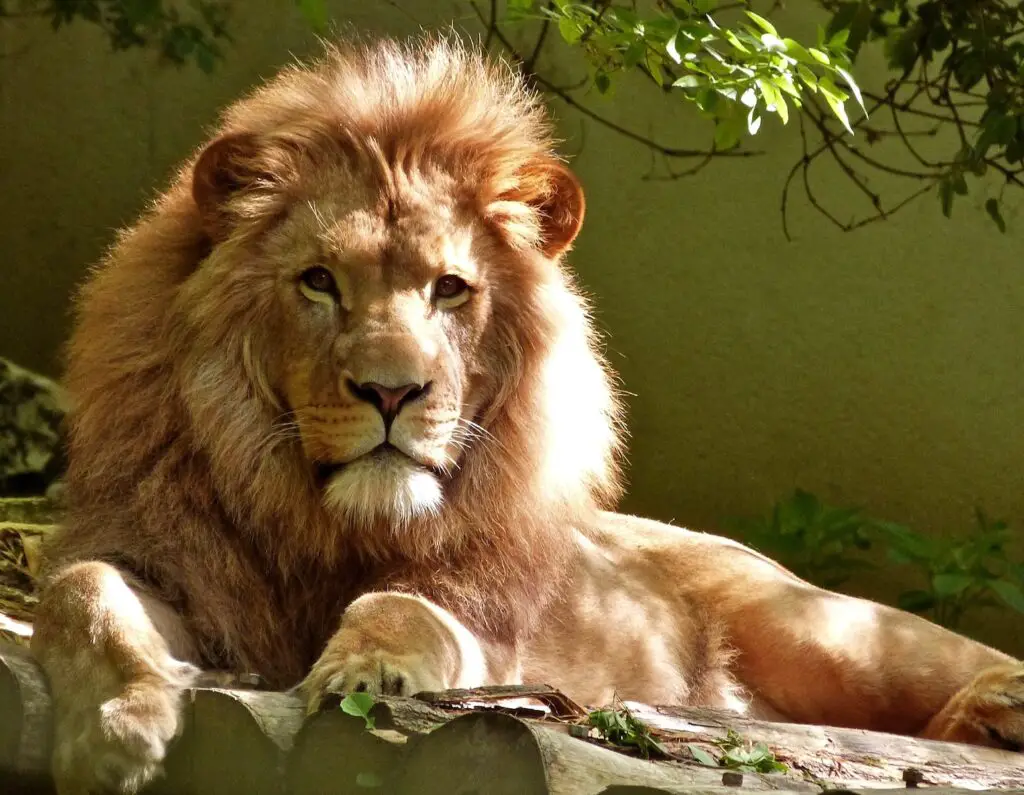
Have you ever wondered about the fascinating and diverse cats that live in the wild?
Today, we’ll be taking a look at some of the world’s most iconic wild feline species. From powerful lions to sleek cheetahs, these animals have been captivating us for centuries and will continue to do so.
You’ll learn all about their behavior, habitat, and conservation status as we delve into this amazing group of animals.
So let’s get started!
Lions
Lions are the king of the jungle, and they’re a powerful symbol of strength and courage!
These majestic felines are one of five species in the Panthera genus, which also includes tigers, jaguars, leopards, and snow leopards.
Lions have evolved over millions of years to become the apex predators they are today. They’ve employed an impressive range of feline survival strategies to survive in their environment, such as forming prides and clans that work together to hunt prey or protect territory.
The size and makeup of lion prides can vary depending on habitat and availability of food sources. Generally speaking, however, a pride is made up of related females and their cubs who live together cooperatively with one or two adult males (known as ‘pride males’) who act as guardians for their territory.
The relationship between members within a pride is complex but essential for their survival; these strong bonds enable them to dominate other animals in their environment.
Living in tight-knit groups also has its advantages when it comes to hunting large prey. By collaborating together, lions can more effectively take down much larger animals than they could by themselves – a remarkable feat that underlines just how effective these social strategies are for feline success in the wild!
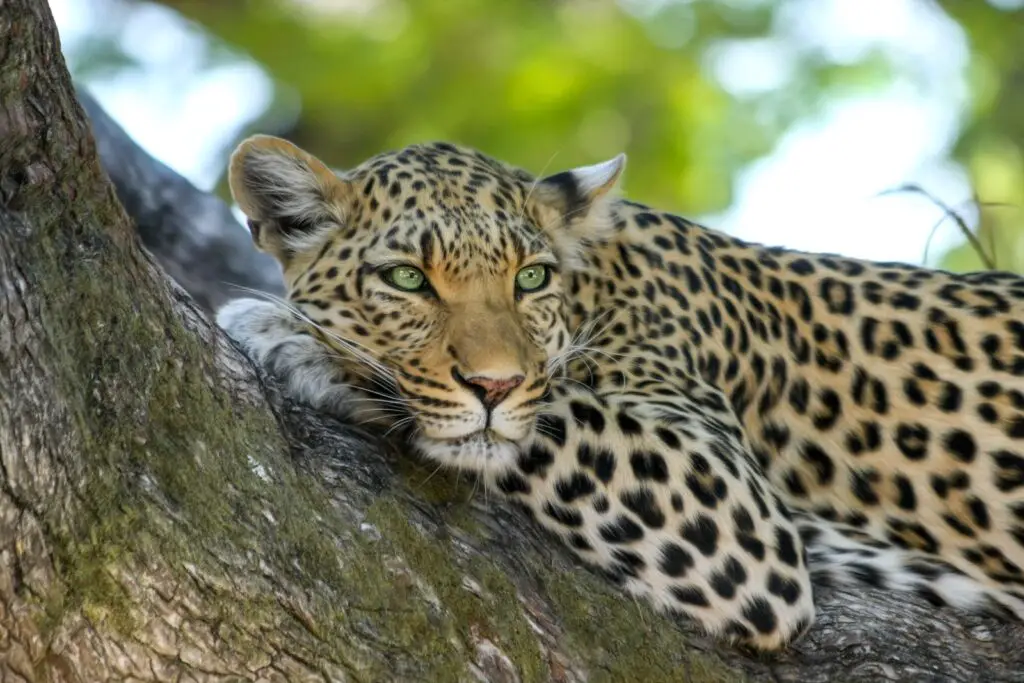
Leopards
With their beautiful spotted fur and amazing agility, leopards are truly captivating creatures! Known for their powerful strength, these felines can carry up to three times their own body weight for long distances. They also have a remarkable ability to climb trees and jump from branch to branch with ease.
However, there is still much to learn about the behavior of this incredible species. Feline behaviorists have dedicated years of study in order to gain a better understanding of how leopards operate in the wild.
Leopards are an important member of many ecosystems around the world, but their population numbers are declining due to habitat loss and other human-related activities. Conservationists are doing all they can to protect these animals by encouraging sustainable use of resources and preventing poaching. There has been some success in certain areas like India where efforts have led to an increase in the number of leopard cubs born each year.
In addition, organizations such as World Wildlife Fund (WWF) work hard every day on initiatives targeting Leopard conservation that involve community education and awareness-building programs as well as anti-poaching patrols designed to keep these majestic cats safe from harm. Through collaboration with local governments and communities across multiple countries, WWF is making great strides toward preserving one of nature’s most fascinating creatures for generations to come.
Moving forward, we must continue our support for successful conservation efforts so that we may ensure a future full of healthy populations of wild leopards worldwide.
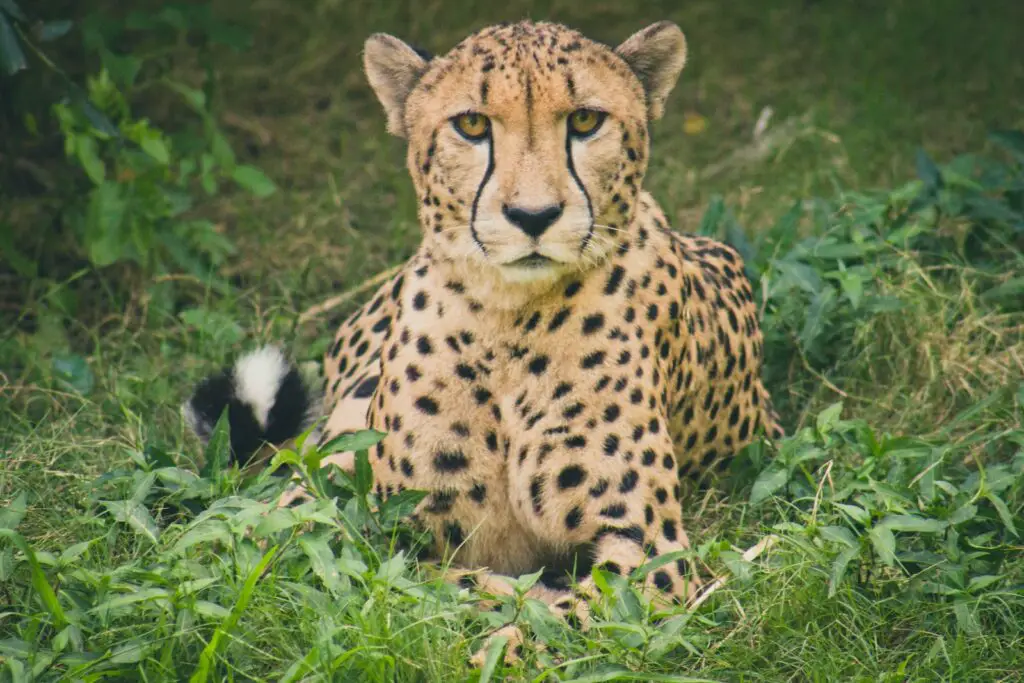
Cheetahs
Famous for their lightning-fast speed, cheetahs are an awe-inspiring sight to behold as they sprint across the African plains. Found in savanna habitats ranging from the Serengeti to South Africa, these swift predators have adapted a unique hunting style and diet that gives them an edge over other feline species.
Cheetahs typically rely on their incredible acceleration when chasing down prey, but can also run at speeds of up to 75 mph for short distances thanks to their slender bodies and long legs. In addition to being some of the fastest land animals on Earth, cheetahs also have certain physical adaptations that make them particularly well-suited for hunting.
They have small heads with large eyes which help them spot potential prey quickly and accurately, while their enlarged nostrils allow them to take in more oxygen during a chase. Their claws are also semi-retractable which helps give them extra grip when running on slippery surfaces or making sharp turns.
Cheetahs usually hunt alone or in pairs, stalking their prey before launching into a high-speed chase until it tires out or is too far away to escape. Over time they’ve evolved to become incredibly efficient hunters able to take down anything from gazelles and impalas to smaller birds and hares depending on availability.
Moving forward, conserving this impressive species will require greater protection for its dwindling habitats as well as increased efforts toward conservation initiatives aimed at preserving wild populations of cheetahs around the world. As we turn our attention now towards jaguars, it’s important not only to remember how magnificent these big cats are but also how important it is that we work together to protect all wild felines from extinction.
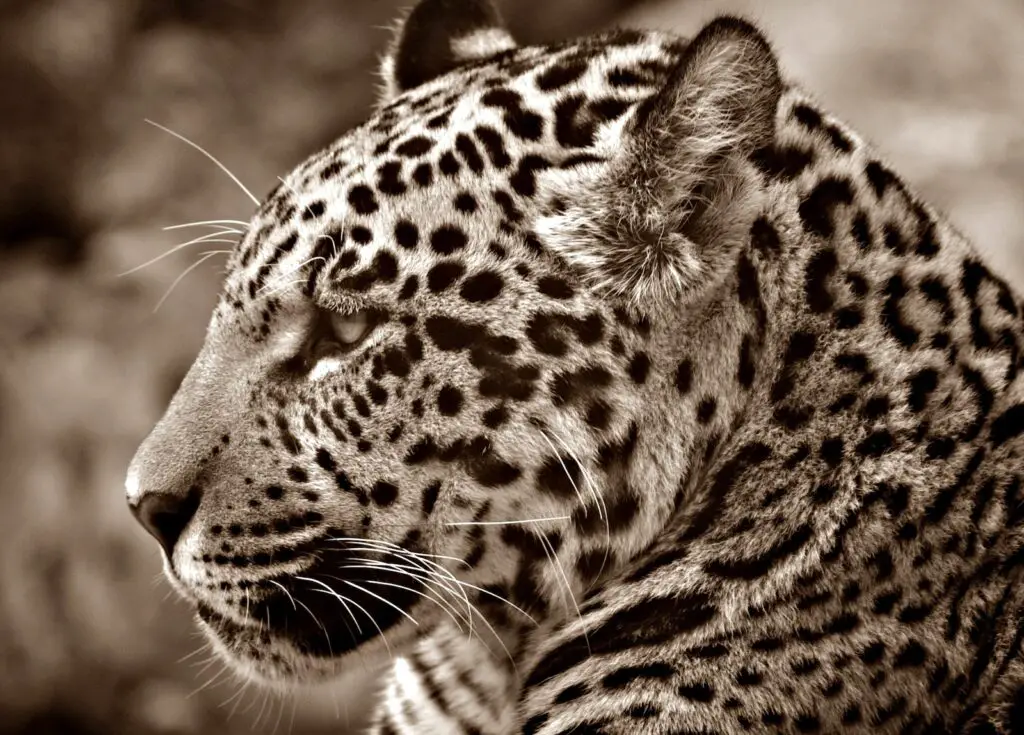
Jaguars
You’ll be awestruck by the power and beauty of jaguars, one of Earth’s most majestic big cats. These adaptive hunters are found across Central and South America and are renowned for their remarkable strength and agility.
Jaguars have a unique pattern of spots on an orange or yellow coat, allowing them to blend into their environment while hunting.
As global conservation efforts continue to grow in importance, these beautiful creatures need our help more than ever before.
Jaguars are highly adaptable predators that can survive in a variety of habitats from dense rainforests to dry savannas. They use their powerful jaws to take down large prey like deer, peccaries, and even caiman!
Male jaguars will sometimes work together with other males during hunts which helps increase the success rate. Furthermore, they have also been known to hunt larger animals such as tapirs with extreme precision and skill.
The future of jaguars is uncertain due to human activities such as farming, ranching, and deforestation that cause habitat loss and fragmentation which lead to decreased food availability for these wild cats.
To ensure that jaguars remain part of the natural landscape for generations to come, it is essential that we take steps toward protecting their habitats from human encroachment.
Without our help, these magnificent creatures may soon become extinct in some areas of the world where they used to roam freely. With proper protection, however, there’s hope that jaguars can thrive again in their natural environment for many years to come.
Moving on from here, let’s learn about another fascinating species: cougars!
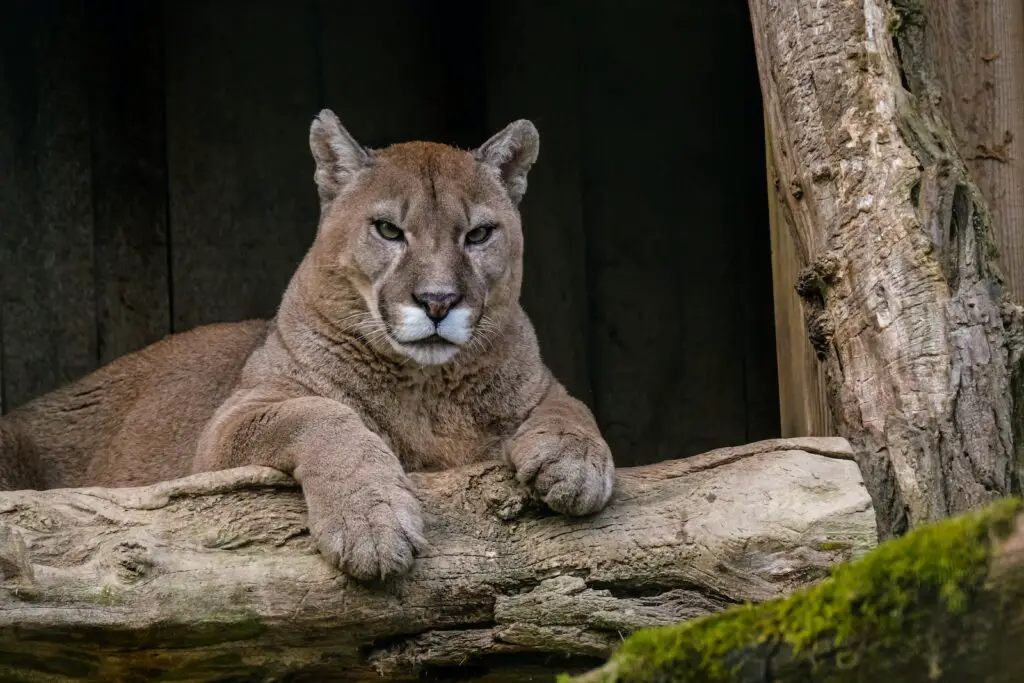
Cougars
Get up close to cougars, an amazing species of wildcat, and you’ll be amazed by their strength and grace. These powerful cats are found throughout North and South America, with a few isolated populations in the United States. They prefer rugged terrain and make their home in dense forests or rocky canyons.
Tracking their behavior reveals they’re solitary creatures who are very territorial. Male cougars have been known to range over hundreds of miles during mating rituals! Cougars are also called mountain lions or pumas, depending on where you live.
They’re the biggest cats in the Americas, with adults weighing between 100-200 pounds when fully grown. Their fur is usually tan but can vary from light brown to dark reddish brown depending on the region they inhabit. Cougars have long tails that help them balance while hunting for deer, elk, moose, and other animals that make up their diet.
These powerful predators hunt mainly at night using their excellent eyesight and hearing to locate prey from up to two miles away! Cougars will often stalk an animal until it’s within striking distance before leaping onto its back and delivering a killing bite to its neck or throat area.
This stealthy hunting style has made cougars feared predators in some parts of the world – though humans rarely find themselves on the receiving end of a cougar attack as these beautiful animals generally avoid contact with people!
Final Thoughts
You’ve seen the wild cats of the world—from lions to leopards, cheetahs to jaguars, and cougars.
There’s something so fascinating about these majestic creatures that we can’t help but be drawn in.
They are symbols of power and grace, and despite their fierce reputation, many of them are endangered species that need our help.
We must strive to protect their habitats so they can continue to roam free for generations to come.
Let us never forget the beauty of these wild felines and use our knowledge to ensure that they remain part of our world for years to come.
Lee Harris
Latest posts by Lee Harris (see all)
- Homemade Cat Cookies: A Purr-fect Treat for Any Occasion - February 7, 2024
- Chic Feline Elegance: Crafting a Multi-Tiered Black Cat Cake - February 6, 2024
- Purr-fectly Delicious: Black Cat-Themed Donut Delight - February 5, 2024


